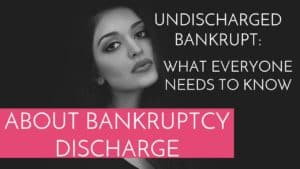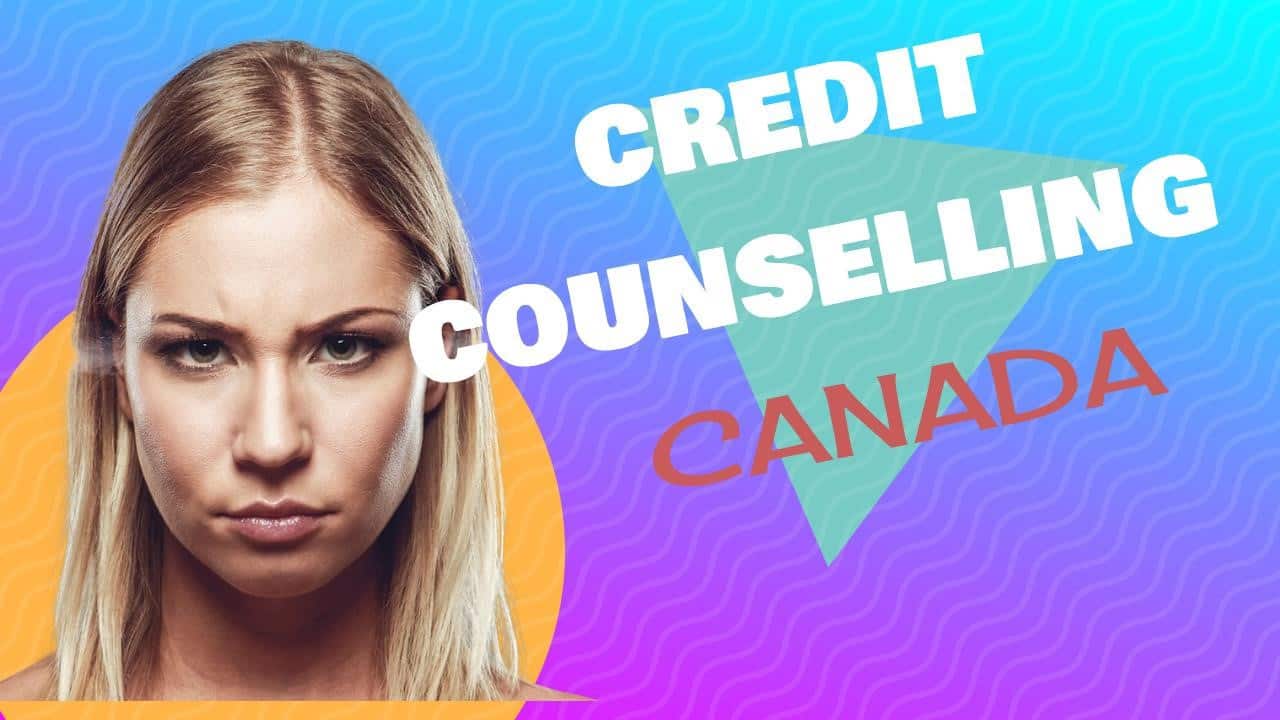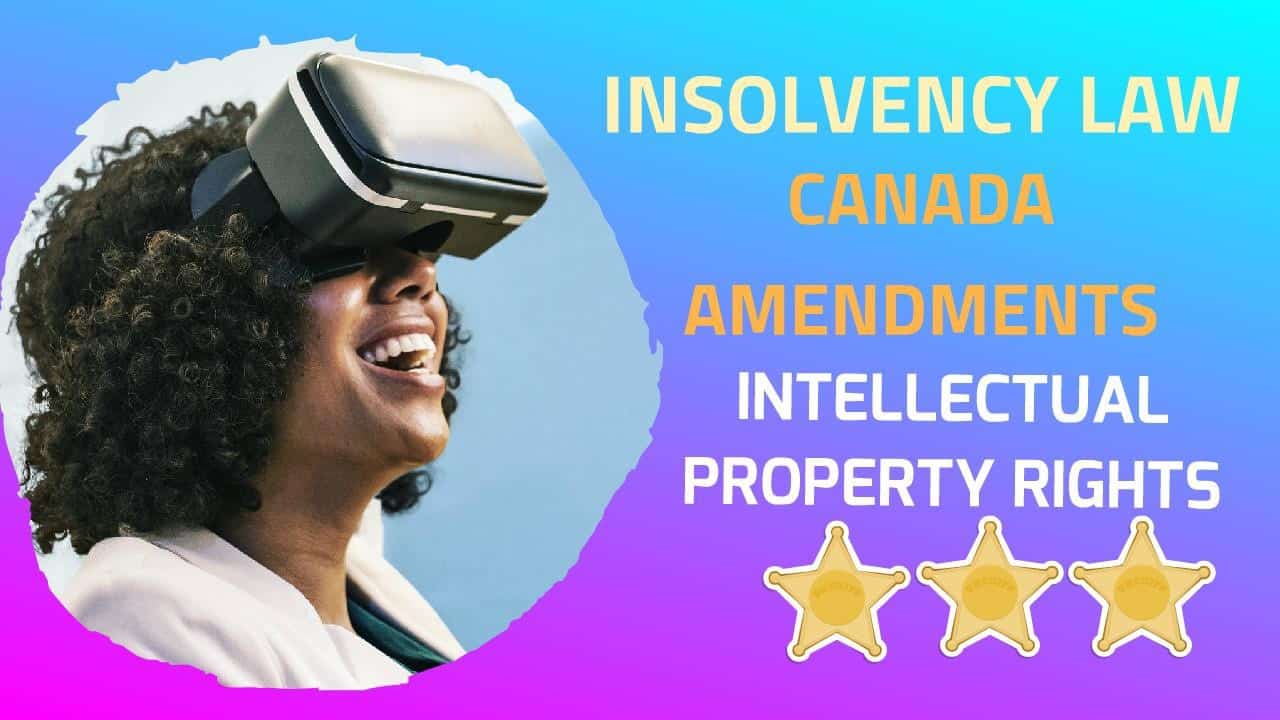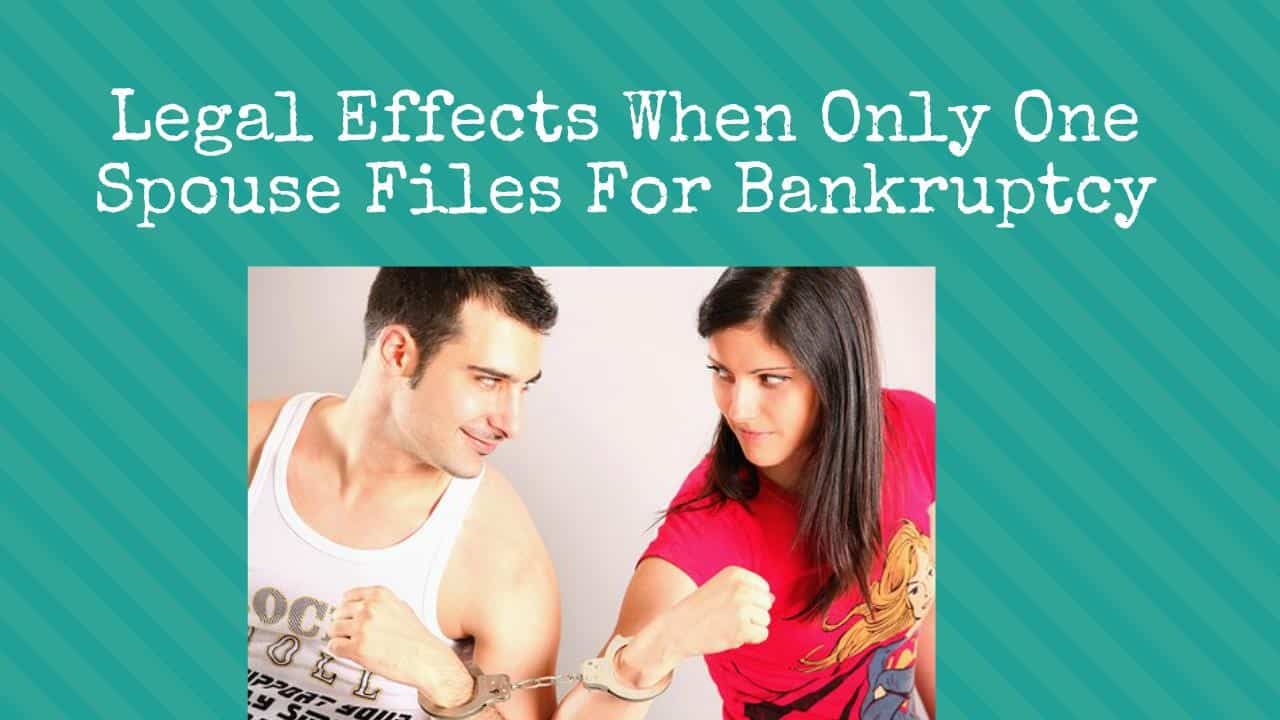 Introduction
Introduction
I have advised many entrepreneurs and non-business people who have debt problems. Many times, there are things they have done before coming to see me for a no-cost consultation that I wished they had not done. So, I thought I would discuss the 8 mistakes to avoid when you are having money problems.
1. Using money from your RRSP to pay debts
This can be a costly error. Using retirement funds to pay off debts can hurt you in numerous ways. The vast majority of retirement accounts are exempt. This means your creditors cannot get at them and you won’t lose them if you file for a consumer proposal or for bankruptcy (“an insolvency filing”).
Using retirement money to pay debts that can be discharged in an insolvency filing, like credit card and income tax debt, rarely makes sense. If you make an insolvency filing, you can eliminate the debt without spending any of your retirement funds. Using retirement funds to pay debt jeopardizes your future when you will be in more need of the funds due to lack of other income.
The withdrawal from the RRSP counts as income on which you will owe taxes and possibly even an early withdrawal penalty. Depending on how large the amount is, the added income and related income tax debt could affect the nature of your insolvency filing, the total amount you will still have to pay and provide problems with your discharge from bankruptcy.
2. Paying unsecured debts like credit cards, income tax and personal instead of secured debts like mortgages and car loans
Some creditors are so aggressive and sometimes predatory that they make you think that you must pay off their debts immediately or suffer severe consequences. Frightened by these tactics you may be tempted to pay their unsecured loans first and leave a secured loan unpaid. This creates multiple problems.
The two most common types of property subject to a security interest are probably the two most important things you own: your home and your car. A car loan creditor can repossess a car after one missed payment. If that occurs, you will lose your car and you will be responsible for any deficiency amount you still owe on your car loan after the car is auctioned off usually for significantly less than it is worth.
While a mortgage lender may not be able to kick you out of your home as quickly, arrears, a higher arrears rate of interest that kicks in upon default and late fees can significantly increase what you owe and make it very difficult to catch up. As a general rule, you should prefer to pay your secured creditors so you can keep your car and home, as opposed to paying unsecured creditors who don’t have near the recourse that a secured creditor has. This assumes that you will be able to afford the car and mortgage payments after we help you eliminate your debts and balance your budget.
In addition, if you decide to make an insolvency filing, the money paid to your unsecured creditors might as well have been thrown in the trash. Meanwhile, you will still have to catch up on your secured debts if you want to keep the property.
Finally, you might have to explain to the licensed insolvency trustee why you were able to pay certain creditors, but not others, so close to the filing. Such payments may be considered preferences that the trustee can force the creditor to return in a bankruptcy. It is always better to avoid such a problem and keep your secured debts current, even if you have to neglect the unsecured ones.
3. Maintaining accounts at a bank or other financial institution where you owe money
Almost every bank and financial institution will require you to sign an agreement authorizing the bank to automatically garnish your account if you miss a payment owed to it. In other words, if you have your mortgage and a savings account at the same bank and you miss a mortgage payment, the bank can take it from your savings account. This is called a setoff.
You should transfer your accounts, other than for the one account need to pay your monthly loan payment, to another institution where you don’t owe money to avoid this situation. You can keep a minimum amount in that one account and replenish it monthly so you can’t lose much in case of a setoff.
4. Using a second mortgage or home equity line of credit to pay off credit cards or other unsecured debt
As mentioned previously, credit card and other unsecured debt can be discharged in an insolvency filing. If you don’t make your mortgage payments, you could lose your home.
If the amount you borrow against your home doesn’t get you out of debt, you may have no choice but to end up not being able to afford the higher payments, in bankruptcy, having wasted money that could have been used elsewhere. To make matters worse, you have allowed a second lien against your home, which increases your monthly expenses and the length of time before you are able to pay your home off. In addition, the second mortgage, is a secured debt, will not be dischargeable in an insolvency filing and you may end up losing your home.
Don’t fall for the advertisements that suggest you consolidate your debts with a home equity loan. This strategy only makes sense after you have seen a licensed credit counsellor and have created and understood your balanced budget. The licensed insolvency trustees at Ira Smith Trustee & Receiver Inc. are also licensed, credit counsellors.
5. Not filing your tax returns
If you do not file your tax returns on time, you will have an issue if you make an insolvency filing. Your case will not be closed and your debts will not be discharged until you file your missing income tax returns with the Canada Revenue Agency (“CRA”) and they have a chance to review it. The CRA will not allow you to get through the insolvency filing without ensuring your returns have been filed.
It will also be impossible for us to properly advise you on whether you can avoid bankruptcy through a consumer proposal because will not know the total amount you owe to CRA. You always need to bring your income tax filings current BEFORE making an insolvency filing. Better not to have this problem delay a filing when you really need to protect yourself immediately at that time.
6. Telling a creditor that you intend to pay
When you have debt problems, it is always best not to say anything to a creditor than to promise the creditor that you will pay. Once you tell creditors to expect money, their harassment will grow every day they don’t receive the promised money.
7. Making a written promise to pay or making a partial payment on an old debt
Creditors are barred from collecting a debt once the limitation period has run. The limitation period on a particular unsecured debt incurred in Ontario is 2 years. Making a written promise to pay or making a partial payment on the debt (no matter how small) may reset the clock on the creditor’s ability to take legal action.
8. Ignoring pending lawsuits
Pending lawsuits on debts is an obvious sign that you have debt problems. Ignoring pending lawsuits is a huge mistake as these lawsuits lead to judgments. Upon receiving a judgment, the creditor will be able to garnish your wages and freeze your bank accounts.
If you are sued on a debt, it’s wise to at least consult a lawyer. You may have legal defenses. It is normally best to make an insolvency filing either before or immediately upon a judgment being made against you. That way, the creditor who received the judgment cannot enforce against your wages or bank accounts. You are protected in an insolvency filing by an automatic stay of proceedings.
Debt problems summary
I hope you found this Brandon’s Blog, What is a Consumer Proposal, helpful. Sometimes things are too far gone and more drastic and immediate triage action is required.
Do you have too much debt? Are you in need of financial restructuring? The financial restructuring process is complex. The Ira Smith Team understands how to do a complex restructuring. However, more importantly, we understand the needs of the entrepreneur or the person who has too much personal debt. You are worried because you are facing significant financial challenges.
It is not your fault that you are in this situation. You have been only shown the old ways that do not work anymore. The Ira Smith Team uses new modern ways to get you out of your debt troubles while avoiding bankruptcy. We can get you debt relief freedom.
The stress placed upon you is huge. We understand your pain points. We look at your entire situation and devise a strategy that is as unique as you and your problems; financial and emotional. The way we take the load off of your shoulders and devise a debt settlement plan, we know that we can help you.
We know that people facing financial problems need realistic lifeline. There is no “one solution fits all” approach with the Ira Smith Team. That is why we can develop a restructuring process as unique as the financial problems and pain you are facing. If any of this sounds familiar to you and you are serious in finding a solution, contact the Ira Smith Trustee & Receiver Inc. team today.
Call us now for a free consultation. We will get you or your company back on the road to healthy stress-free operations and recover from the pain points in your life, Starting Over, Starting Now.















